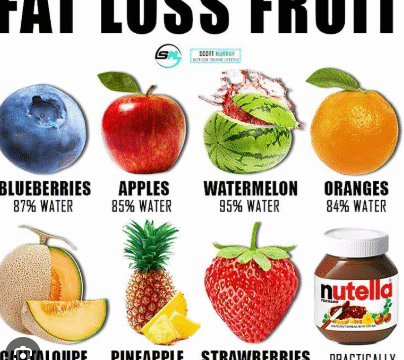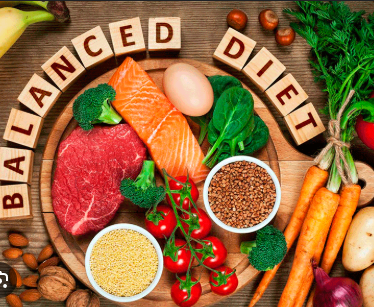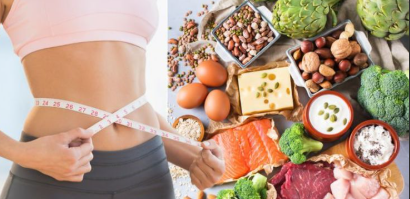When it comes to eating for health and balance, not all carbohydrates are created equal. Some foods cause blood sugar levels to rise quickly, while others release energy more slowly and steadily. This is where the glycemic index (GI) comes in.
Low-GI foods, which have a slower impact on blood sugar, can help you feel fuller for longer, reduce cravings, and support steady energy — all of which are useful for healthy weight management.
What Is the Glycemic Index (GI)?
The glycemic index is a scale from 0 to 100 that ranks carbohydrates based on how quickly they raise blood sugar levels after eating.
- High-GI foods (70 or more) cause a rapid spike in blood sugar.
- Medium-GI foods (56–69) have a moderate effect.
- Low-GI foods (55 or less) release glucose slowly, leading to a more gradual rise in blood sugar.
Choosing more low-GI foods can help you stay satisfied and avoid sudden energy crashes.
Benefits of Low-GI Foods for Weight Management
- Promote satiety: Slow-digesting carbs help you feel full longer, reducing overeating.
- Support steady energy: Balanced blood sugar prevents energy dips that can trigger cravings.
- Encourage healthier choices: Many low-GI foods are also nutrient-dense and high in fiber.
Examples of Low-GI Foods
1. Whole Grains
- Oats, quinoa, barley, and brown rice provide slow-releasing energy and fiber.
- Great for breakfast or as a base for meals.
2. Legumes
- Beans, lentils, and chickpeas are high in protein and fiber.
- Ideal for hearty soups, salads, or plant-based mains.
3. Non-Starchy Vegetables
- Leafy greens, broccoli, zucchini, and peppers are low in GI and rich in nutrients.
- Fill half your plate with these for volume without excess calories.
4. Low-GI Fruits
- Apples, berries, oranges, and pears release natural sugars gradually.
- Perfect as snacks or added to yogurt and salads.
5. Nuts and Seeds
- Almonds, walnuts, chia seeds, and flaxseeds have a very low GI.
- Their healthy fats and protein help keep hunger at bay.
6. Dairy and Alternatives
- Unsweetened yogurt and milk typically fall on the lower end of the GI scale.
- Choose plain options to avoid added sugars.
7. Sweet Potatoes
- Lower GI than regular potatoes, especially when boiled or roasted.
- Packed with fiber, vitamins, and minerals.
Tips for Adding More Low-GI Foods to Your Diet
- Swap white bread for whole-grain or sourdough.
- Pair carbs with protein or healthy fats to slow digestion.
- Choose whole fruits instead of fruit juice.
- Experiment with legumes as a replacement for refined grains.
The Bottom Line
Incorporating more low-GI foods into your daily meals can help you stay full longer, maintain steady energy, and support healthy weight management. By making small swaps — like trading refined carbs for whole grains or reaching for fruit instead of sweets — you can nourish your body while keeping hunger in check.






